If you find you’re having issues with your washer, seeking out a solution doesn’t have to be rocket science. There are many ways that you can fix any washer issues yourself.
Focusing on the Temperature
Washing your clothes in cold water is great if you have cold-water detergent, but regular detergent is designed to work best with warm or hot water. If the water’s temperature of your washing machine is not properly regulated, your clothes may not be getting as clean as they should.
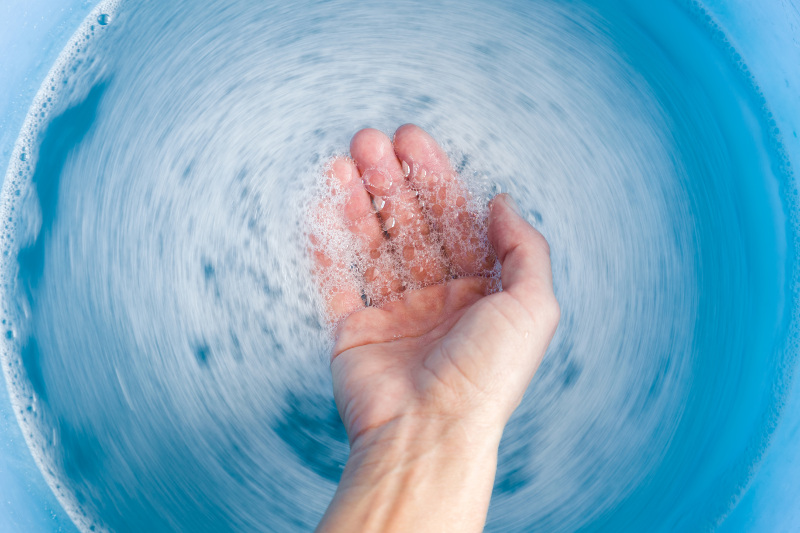
Understanding how your washing machine regulates water temperature can help determine if your washing machine is working properly. Selecting the temperature setting for your wash cycle doesn’t guarantee the water temperature is correct.
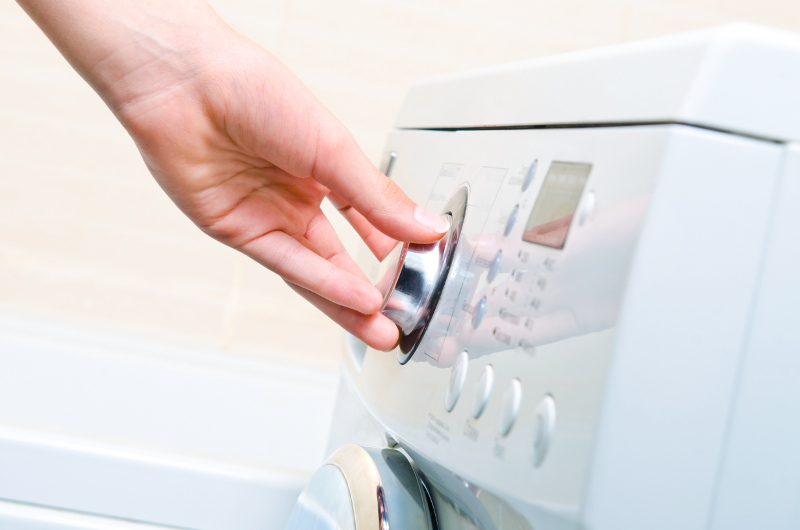
Water enters your washer from separate hot and cold water taps in your home. Before making any unnecessary repairs, regulate the temperature of these two taps: during summer months, your cold water will be warmer than in the winter months so you won’t need the temperature of the hot water tap to be as high. As a result, you can adjust the temperature of the hot water tap by adjusting the temperature settings on your furnace or boiler.
After adjusting the temperature of the water, check the following:
- Make sure the hot and cold taps are completely open.
- Place the temperature selector on your washer in the correct setting.
- Check the hot and cold water hoses connections.
If the water temperature is still not correct, check the parts inside the washer that regulate water temperature. Some washers only allow hot or cold water to flow during certain cycles. Some models switch between hot and cold water, while others allow both hot and cold water to flow at the same time. The responsible parts for regulating the temperature of the water are the temperature selector switch and water inlet valve.
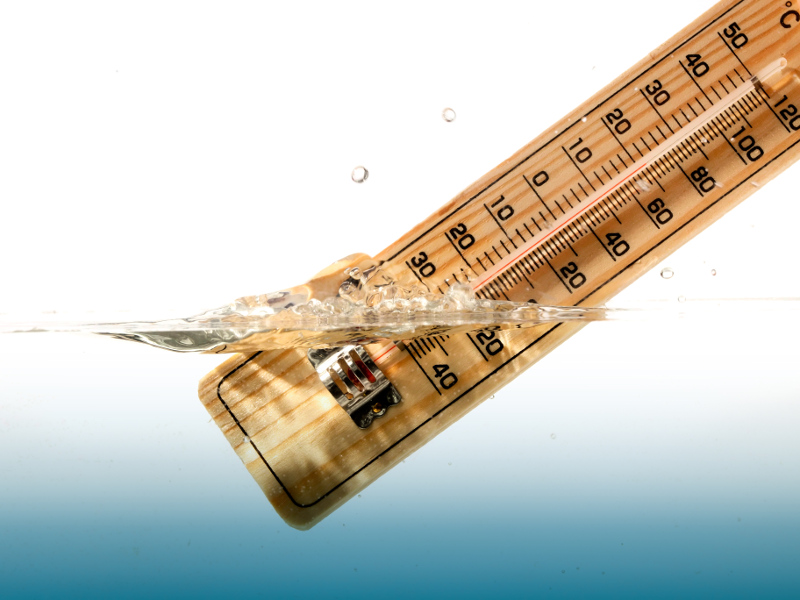
The Trusted Temperature Selector Switch
The temperature selector switch allows you to choose the temperature of the wash and rinse cycles. Some washers only have a few choices of water temperatures, and some washers have many choices. The temperature selector switch consists of electrical circuits and contacts that open and close depending on the water temperature selected.
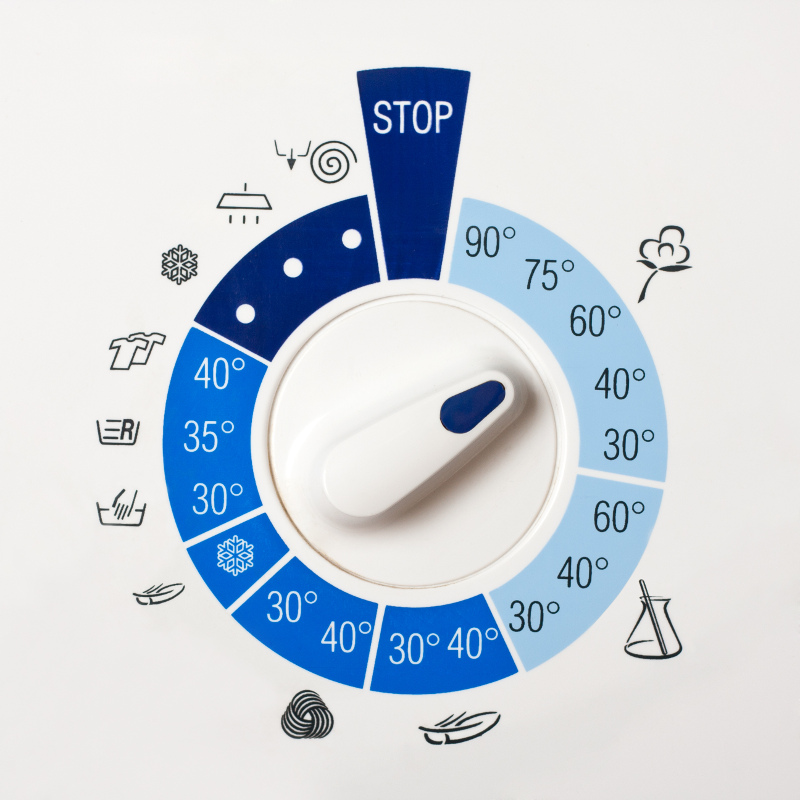
Go with the Flow
The water inlet valve is located at the back of your washer and is connected to the cold and hot water taps in your home. The water inlet valve contains two solenoids sometimes referred to as coils: one solenoid is for the hot water and the other is for the cold water. The temperature selector switch regulates the opening and closing of the solenoids to control the flow of water through the valve after the water passes through the solenoids. It leaves the valve through one common hose and fills your washer.
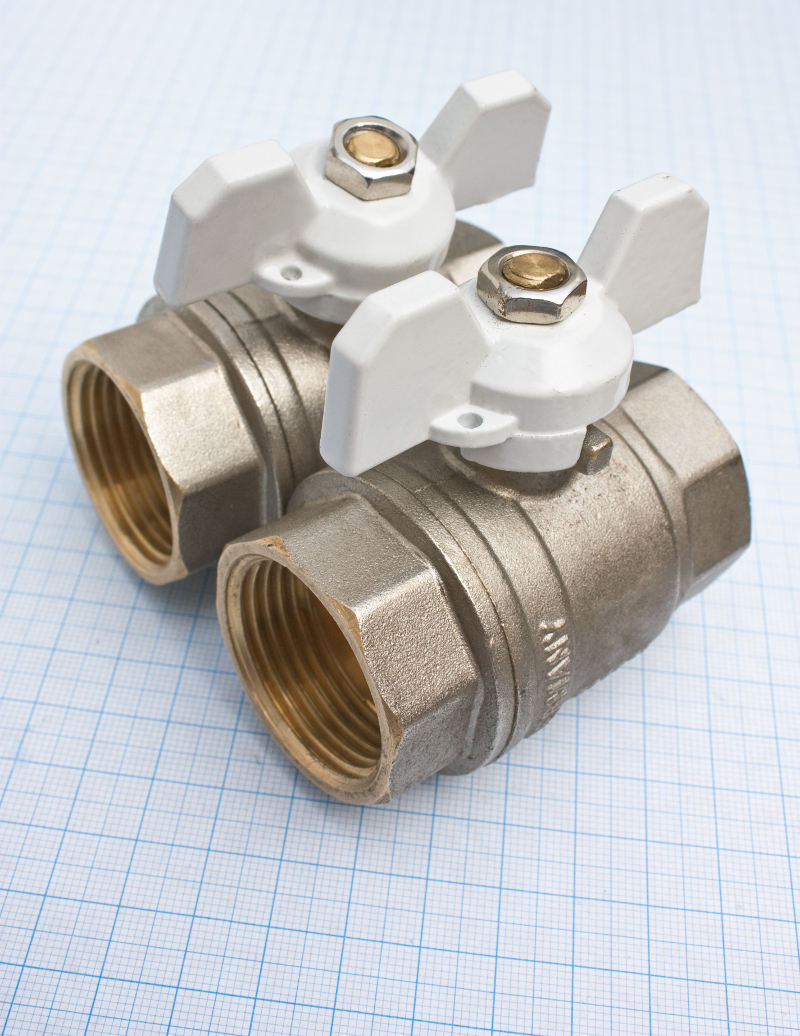
How to Replace a Water-inlet Valve
Getting your clothes clean is all about water temperature and choice of detergent. If you have trouble regulating your washer’s water temperature, then your water inlet valve may be at fault.
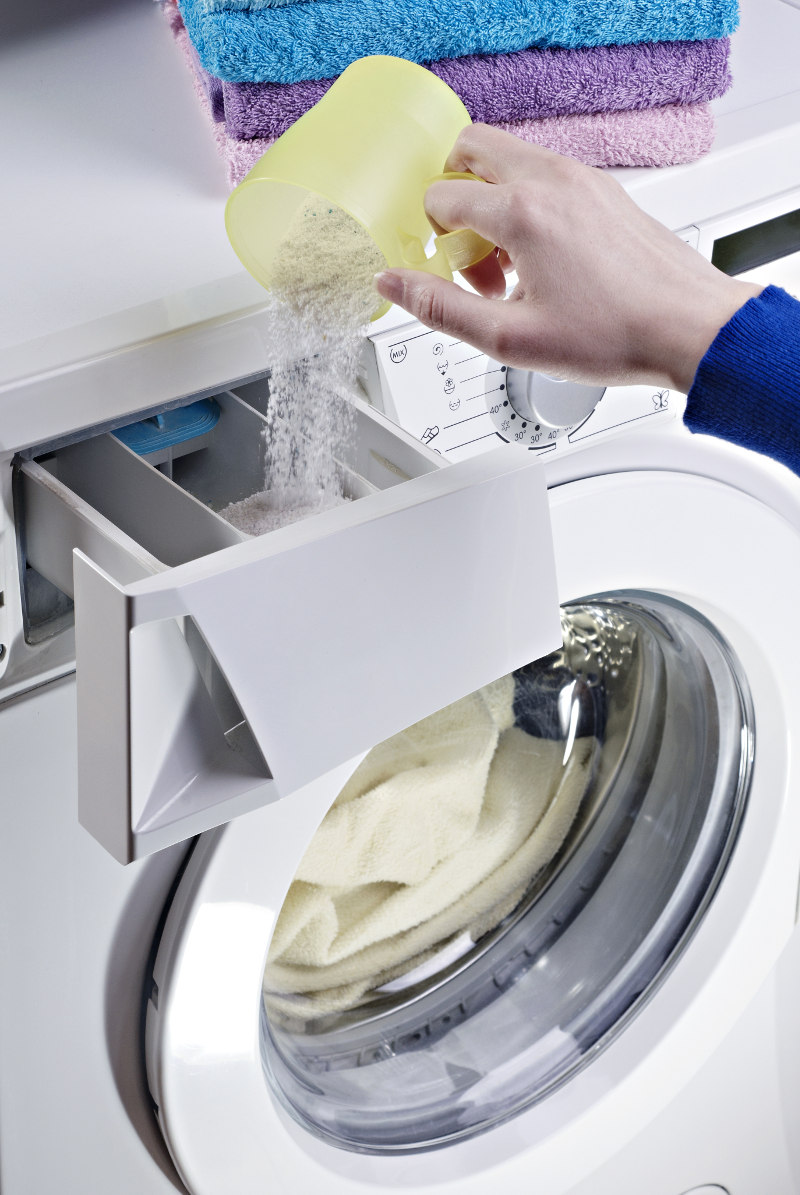
Water enters the water-inlet valve through two hoses that originate from the hot and cold water taps on your wall. Solenoids inside the water-inlet valve respond to the temperature selector switch and create the selected water temperature. The mixed hot and cold water exits the water inlet valve through a common hose, filling your washer with the correct temperature of water.
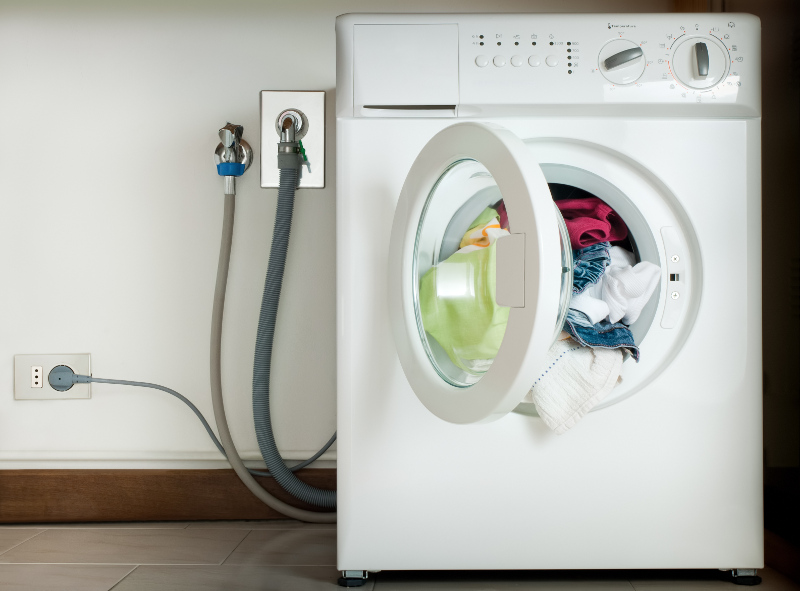
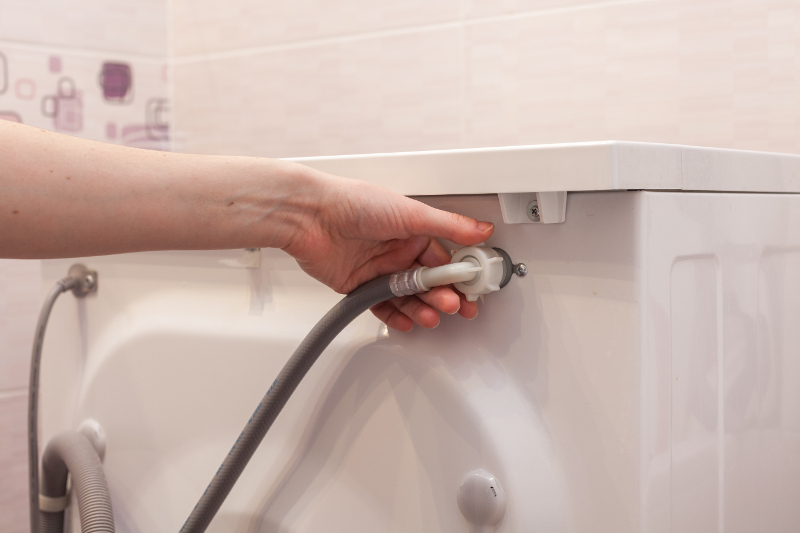
Test Water-Inlet Valve
The water-inlet valve is located at the back of your washer (inside the cabinet).
Before examining the water-inlet valve:
- Check the water flow.
- Shut off the water taps (at the wall).
- Disconnect the hoses from the back of the washer.
- Place the disconnected end of each hose in an empty bucket.
- Turn on the water (check water flow)
- Make sure the hoses aren’t blocked.
If the water flow appears to be correct, remove and examine the water-inlet valve. The valve is held in place by two screws – remove the screws and then disconnect the valve’s washer fill hose by loosening the clamp that holds the hose in place on the valve.
Now that the valve is removed, use a small, flat-head screwdriver to pop out the valve’s inlet screens. Then, carefully inspect and clean any debris from the screens – be careful not to damage the screens as they cannot be replaced. If the screens are free of debris, the next step is to test the valve.
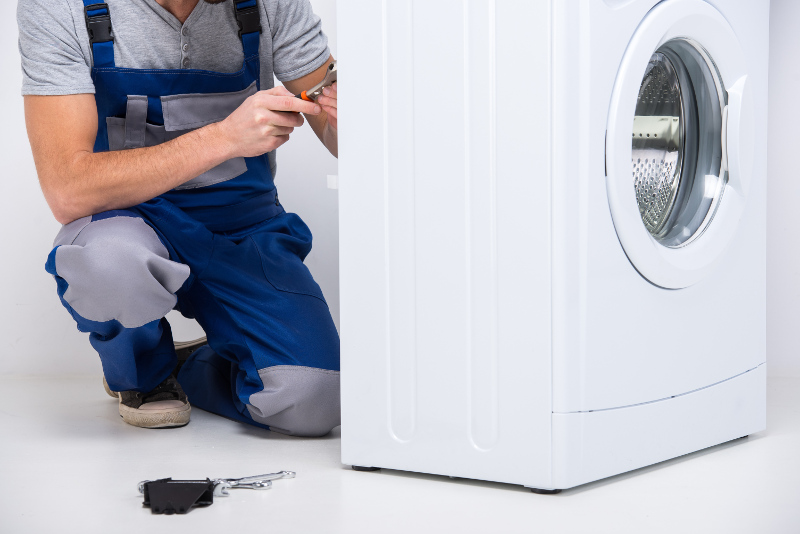
To test the water inlet valve, locate the wires attached to the terminals on each solenoid. Label the wires prior to removal so you can remember how to reconnect them – the wires are secured in place by metal slip-on connectors. When disconnecting the wires, use needle nose pliers to remove the connector from the terminal. Pull the connector, not the wire – if the terminals and connectors are rusty or corroded, replace the valve.
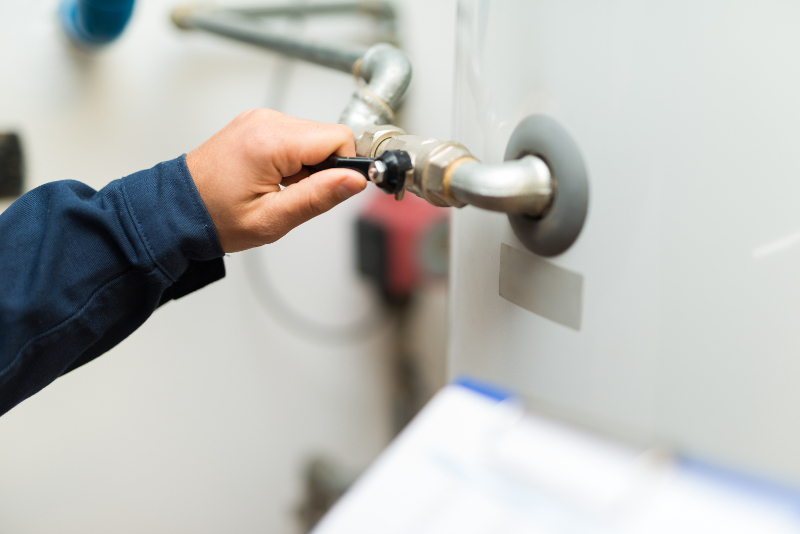
Replacing the Water-inlet Valve
Each solenoid has two terminals – test one solenoid at a time by taking each of your meter’s probes and touching one to each terminal. Readings can be different for each brand or model. If you get a result of infinity, then you will have to replace the valve due to the damaged solenoid.
To replace the old valve with a new one:
- Connect the fill hose to the new valve and secure it in place with the screws.
- Attach the wires to the solenoid terminals, and the water hot and cold water hoses to the valve openings.
- Turn on the water when everything is secured.
- Check the water inlet valve and hoses for leaks before turning on your washing machine.
Sometimes there is no way of knowing what is wrong with your water inlet valve and replacing it may be the only solution.
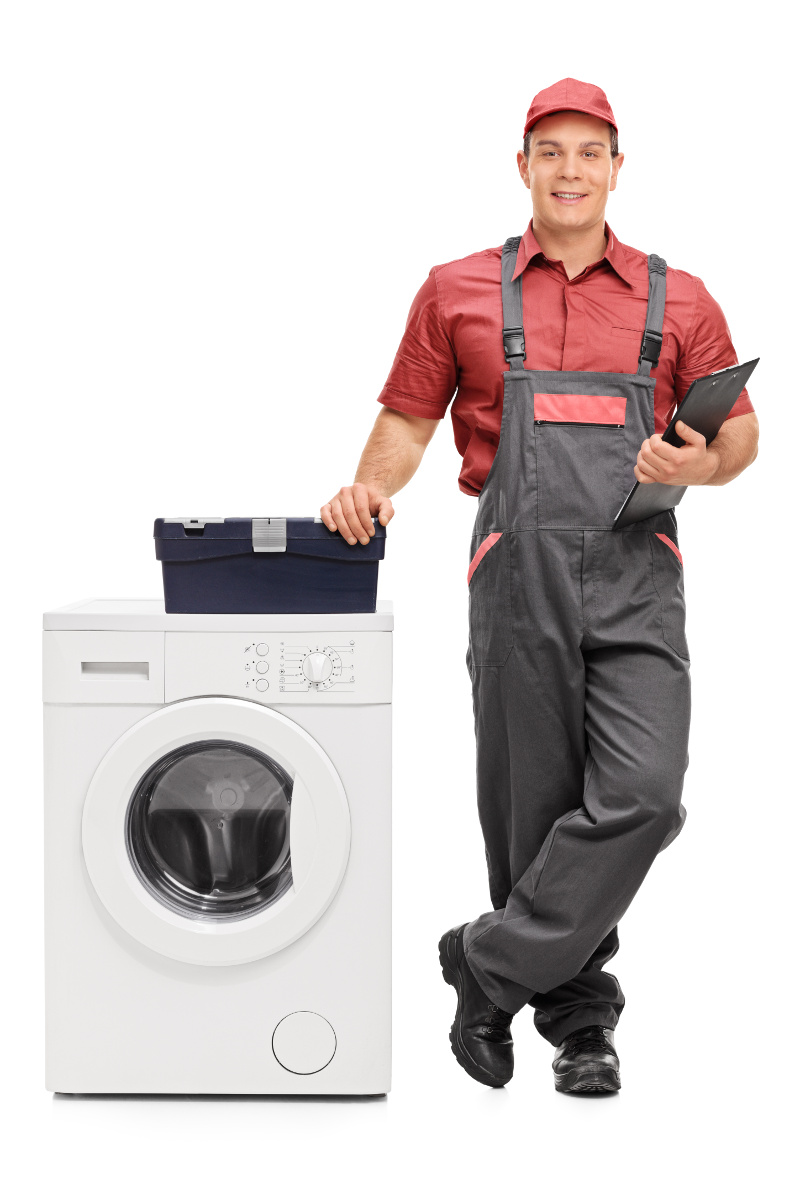
Finally, if you find this repair difficult to do, or if you don’t have an ohmmeter or a multimeter, contact a service technician.